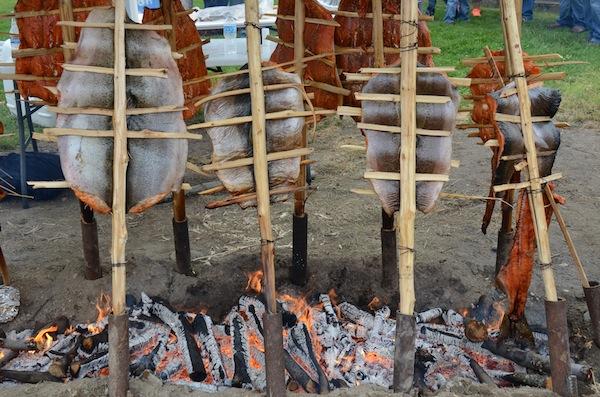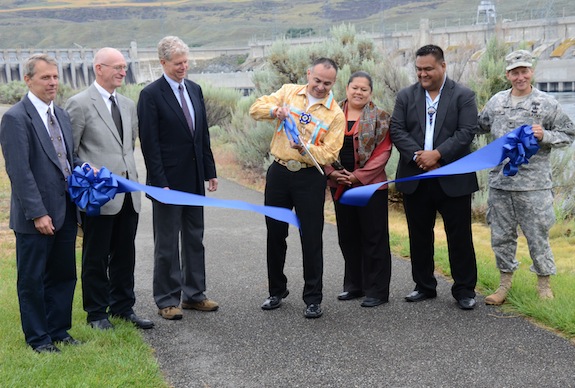Ian Willms has photographed the effects of oil extraction on First Nations land in Fort McKay and Fort Chipewyan, in northern Alberta, Canada. Mr. Willms, 28, based in Toronto, is a founding member of the Boreal Collectiveand spent several months over the last three years photographing his project “As Long as the Sun Shines.” His interview with James Estrin has been edited and condensed.
By JAMES ESTRIN July 30, 2013
The New York Times
Q.
How did this project start?
A.
When I graduated from school in 2008 I was hearing a lot about the oil sands in Canada. So I started doing research, and the more I learned, the more horrified I became.
I read a CBC article about cancer rates in indigenous communities that immediately surrounded the oil sands, and I knew right then that was exactly what I had to do. I searched pretty thoroughly for anybody who had done a proper photo story on the community, and I couldn’t find anything that was particularly in-depth.
Q.
What did you find when you got there?
A.
I found a community that was far more developed economically than I had expected. There was a lot of infrastructure, and the homes were more modern than most First Nations communities. That has a lot to do with the proximity to the oil sands and the economic benefit that comes with that.
But the community is still struggling. First Nation reserves are still very dark and damaged places in many ways, and in other ways, they’re incredibly vibrant. So it was not as bleak as I expected it to be. If you didn’t already know that their water was basically coming off of a storm pipe of one of the largest polluting industrial projects in the world, you wouldn’t.
Q.
A lot of photographers who photograph native peoples in North America just hit and run. How did you go about capturing a fuller view?
A.
Well, the most important thing is time. And it’s always going to be more time than anyone’s going to be willing to pay you for.
Beyond that, I think it’s a matter of becoming invested in people’s lives, because if you don’t care, they won’t. And if you fake it, people know. People aren’t stupid. If you treat them like they’re stupid, they’re never going to trust you. And so I spent a lot of time there, I made a lot of friends.
There are a lot if white journalists that go into indigenous communities in North America with a preconceived notion of what these people are like and what they need. But in truth this attitude is just a continuation of the abuse of those people.
What the first nations really need is the respect and the confidence of the rest of Canada, to tell their own stories and to manage their own communities. They need to be empowered but they don’t need others to tell them what to do.
I continually show my subjects the work that I do in these communities and ask if I am getting this right.
Q.
Tell me more about the oil sands.
A.
There’s an oil reserve that’s located beneath Canada’s boreal forest that’s roughly the size of the state of Florida. It’s rich with oil, but the process of extracting it is incredibly energy intensive, difficult and expensive.
The process involved first clear-cutting the forest and then creating a strip mine. They dig the sandy oil out. It’s like hot asphalt. On a hot day, it’s very gooey and very much like tar.
The environmental toll is dramatic. There was a study by an NGO in Toronto, Environmental Defense, that in 2008 found that about 11 million liters of toxins were leaking into the Athabasca River every single day from several toxic-base water lakes in the oil sands region.
Q.
What’s the effect on the people?
A.
It has brought more money into the communities than there was before. With that said, it’s really a small fraction of what they’re actually entitled to. These First Nations get really bad deals from the oil companies in order to leave their lands for oil.
A career in the oil sands may sound good to some people, but really it is the death of their culture because it’s taking the new generation to work toward a completely different way of life. And it’s a way of life that embraces the destruction of their land.
The Canadian Indian Residential School System was a cultural assimilation program that saw aboriginal children taken from their parents and forced to live in these boarding schools. Generations of children were physically and sexually abused in residential schools across Canada. The last federally operated residential school closed in 1996.
There’s a lot of grief, especially among the elders in the community, over the younger generation not taking an interest in hunting and fishing and trapping. And there’s a lot of conflict among the generation in between the youth and the elders — the generation that are in their late 20s to their 50s; the people who work in the oil sands but grew up hunting, fishing and trapping.
They are very conflicted, because they know what they’re doing. They know that they’re taking away their own land. But they do it because there’s no other option for them to make money. There’s no other way for them to feed their families. These communities are no longer able to be self sufficient off the land like they had been for thousands of years.
Read the full article and view photo slideshow here. View Ian Willms work here.













